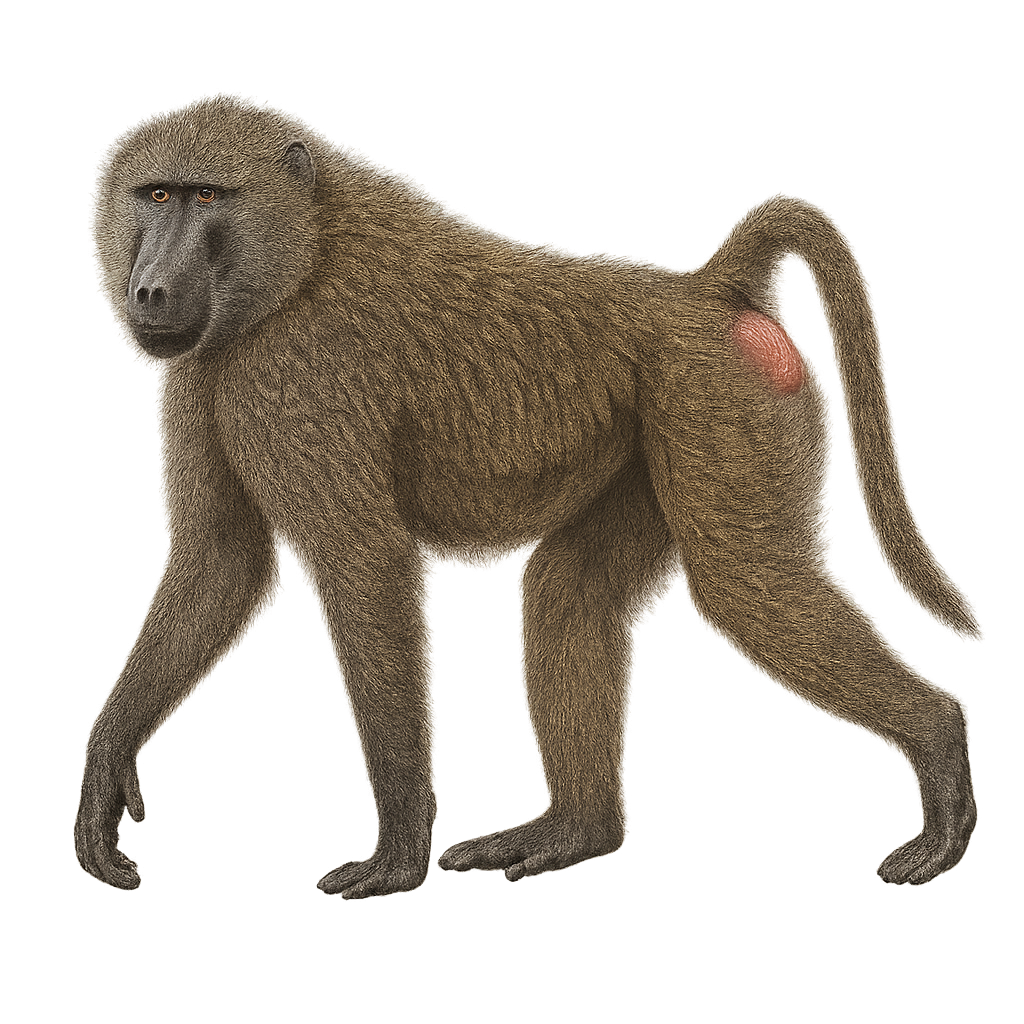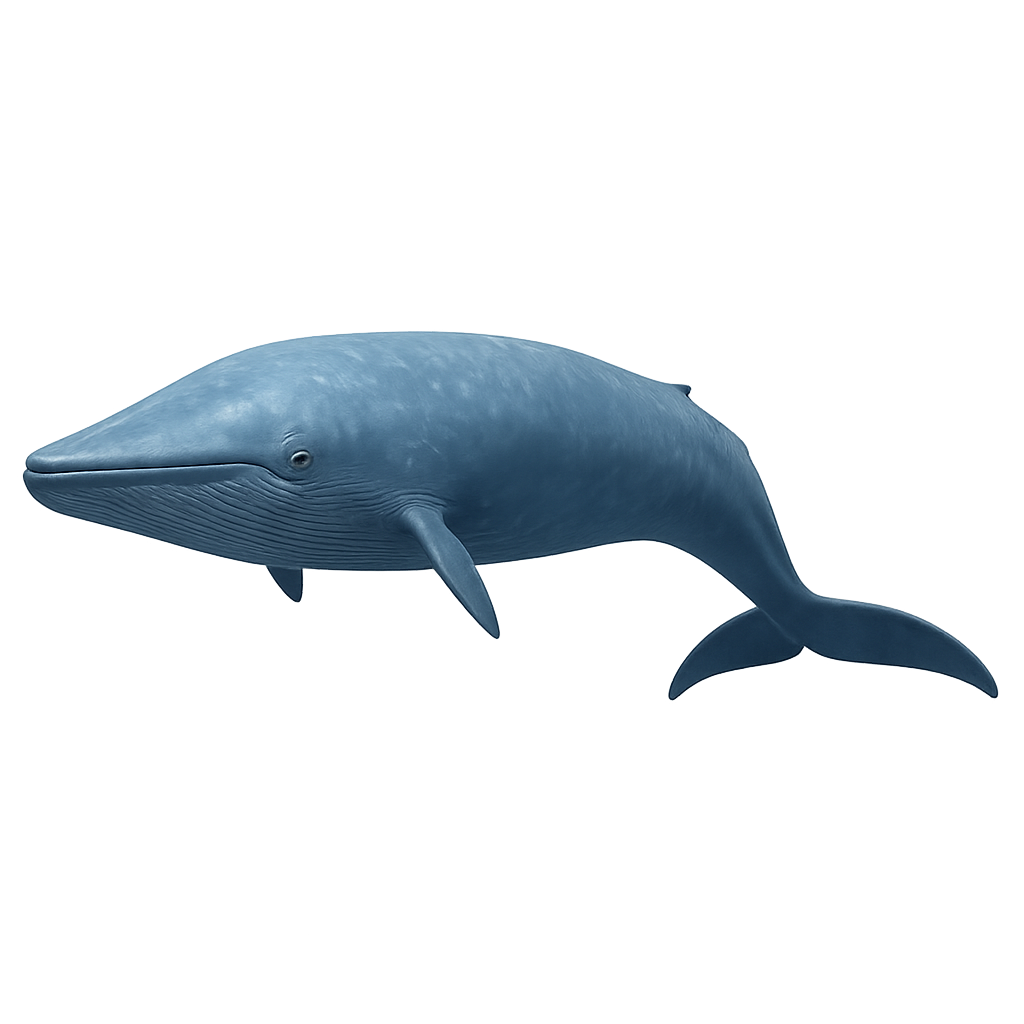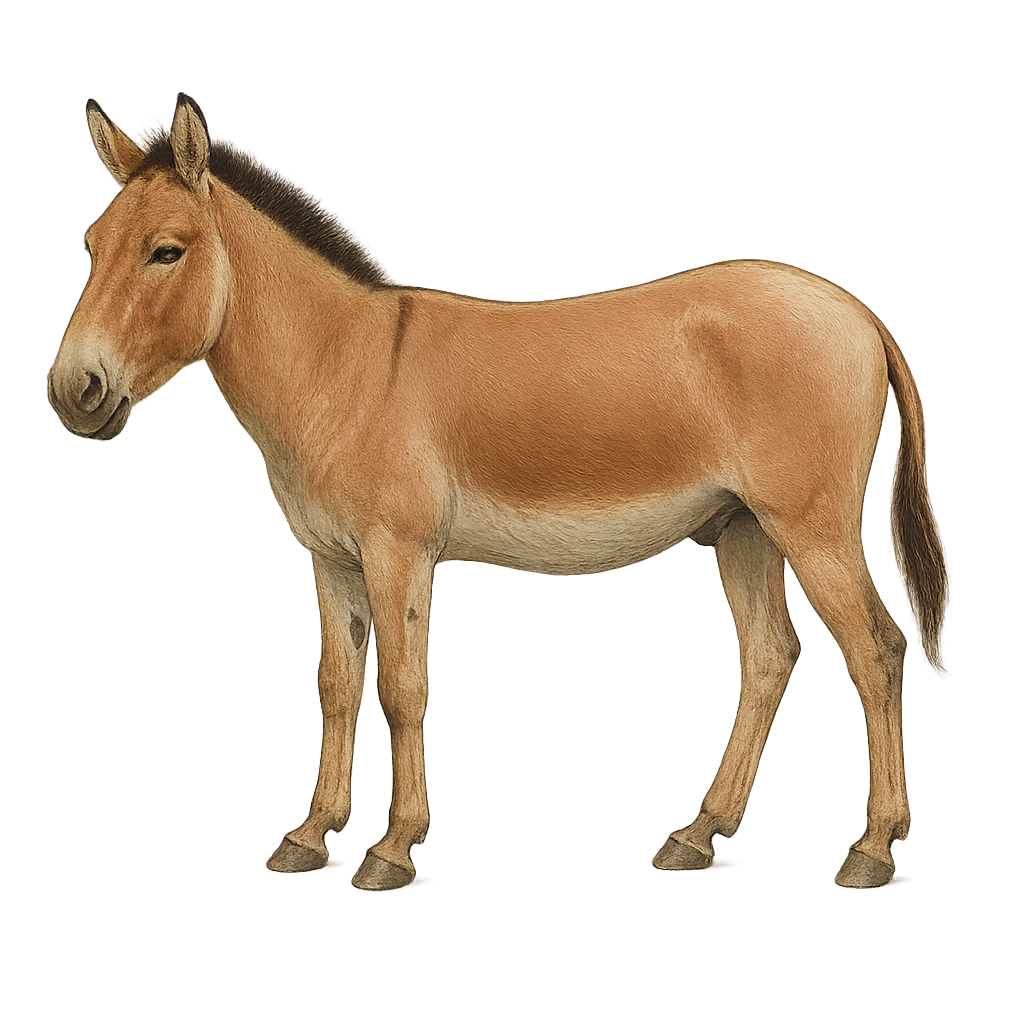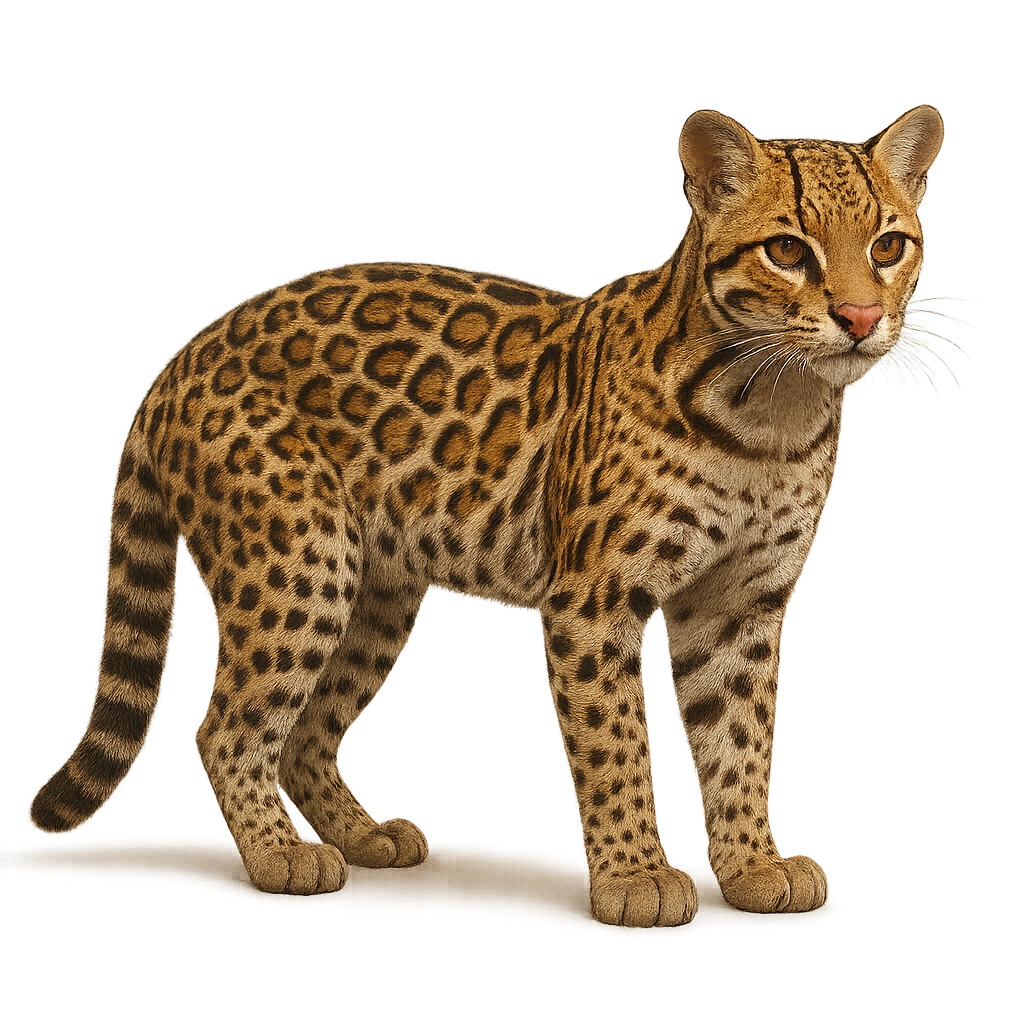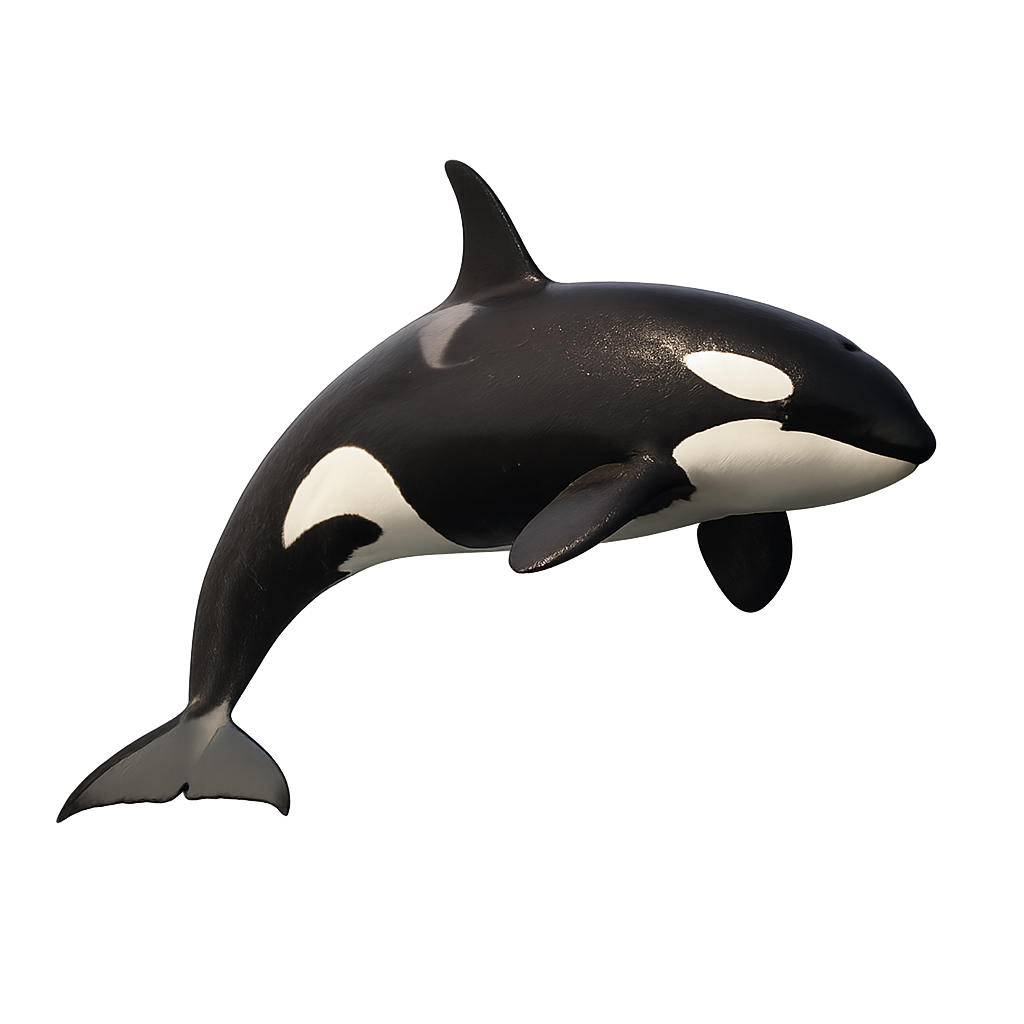Your wildlife tracking tool..
Browse 2,846species by country, track observations, and plan your photo outings.
Your global reference for wildlife photography
WildlifePhotographer gives you access to over 2,846 wildlife species sheets to help you identify, understand, and photograph wildlife around the world. Mammals, birds, reptiles… each sheet provides key information: habitat, activity, life cycle, signs of presence, and tailored photo tips.
Our database grows every week with new iconic species. To go further, access maps, reminders, logs, and personalized statistics in the app — designed to meet the real needs of wildlife photographers in the field.
Olive Baboon
Papio anubis
The olive baboon, or Papio anubis, is a robust and adaptable primate widely distributed in sub-Saharan Africa. It is characterized by its olive-green coat, powerful limbs, and elongated snout. Males are significantly larger than females, weighing up to 30 kg. These baboons live in complex social groups of up to 150 individuals, where hierarchy is crucial. As opportunistic omnivores, they feed on fruits, seeds, insects, and small animals. Their habitat ranges from savannas to tropical forests, demonstrating great adaptability. Although their status is currently "least concern," deforestation and hunting pose potential threats.
Omura’s whale
Balaenoptera omurai
Omura’s whale is a small baleen whale measuring 8–12 m in length, with a slender grey body and a slightly asymmetrical head. It inhabits shallow tropical and subtropical waters, feeding mainly on small crustaceans and fish by filtering water through its baleen plates. Usually seen alone or in small groups near the surface.
Onager
Equus hemionus
The Equus hemionus, commonly known as the onager or Asiatic wild ass, is a wild equid native to Central Asia. Adapted to arid and semi-arid environments, such as deserts and steppes, it has a light brown coat that becomes paler in winter, and a short, upright mane. Onagers are social animals that live in groups, often led by a dominant male. They primarily feed on grasses but can also consume shrubs and herbs. Although their population has declined due to hunting and habitat loss, conservation efforts are underway to protect this iconic species.
Ocelot
Leopardus pardalis
The Ocelot is a medium-sized wild cat, measuring between 55 and 100 cm in length (excluding the tail) and weighing between 8 and 16 kg. It is distinguished by its spotted and striped coat, which helps it blend effectively into dense forests and wooded areas where it lives. Its fur is generally golden or grayish, with black marks in the form of spots or rosettes across the body. The Ocelot is a nocturnal and solitary hunter, primarily feeding on small mammals, birds, reptiles, and fish. It is agile and fast, capable of climbing trees to hunt or escape predators. This cat is primarily found in Central and South America, in tropical forests, savannas, and mountainous areas. While its population remains stable in some regions, the Ocelot is threatened by deforestation, illegal hunting, and habitat loss.
Okapi
Okapia johnstoni
The Okapi is a herbivorous mammal native to the rainforests of the Democratic Republic of Congo in Central Africa. It measures between 1.5 and 2 meters in length and weighs between 200 and 350 kg, resembling a combination of a giraffe and a horse. Its coat is generally dark brown with characteristic white bands on its legs, similar to those of a zebra, hence its nickname "zebra-headed giraffe." The Okapi is a solitary and secretive animal, primarily feeding on leaves, fruits, and plant shoots. It inhabits dense forests, where it uses its sense of smell and great discretion to escape predators. While its population remains relatively stable, the Okapi is threatened by deforestation, poaching, and human conflict.
Orca
Orcinus orca
The Orca, also known as the "killer whale," is a large cetacean from the dolphin family, measuring between 6 and 8 meters in length and weighing up to 6 tons. It is distinguished by its striking black and white coloration, with white patches around the eyes and on the flanks. The Orca is a top predator in the food chain, primarily feeding on fish, marine mammals, sharks, and sometimes even whales. It lives in social groups called "pods," led by the dominant female, where cooperation and hunting strategies are essential. The Orca is found in all oceans around the world, but it prefers cold and temperate waters. While its population remains relatively stable, the Orca is threatened by pollution, a decline in prey, and human-caused disturbances.


